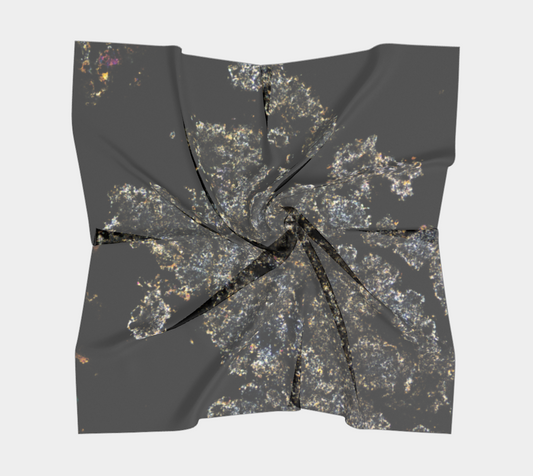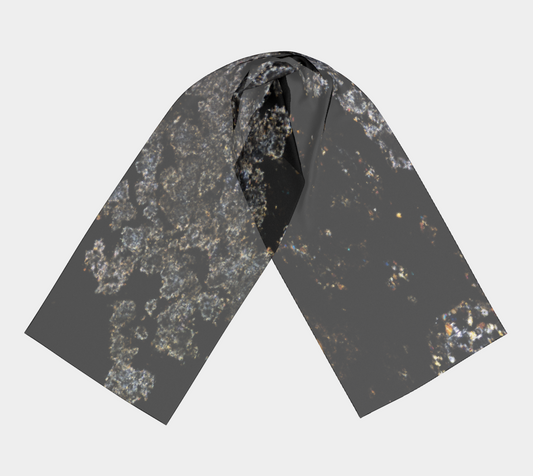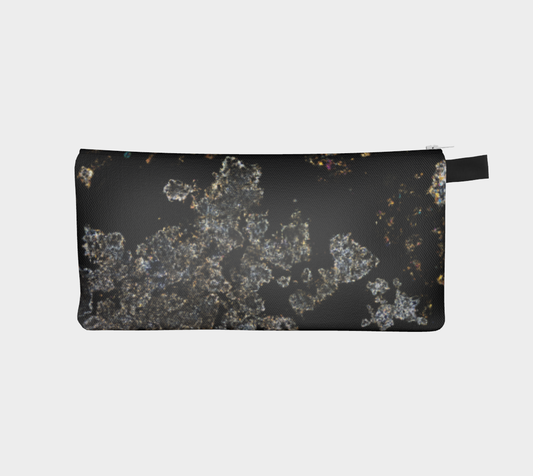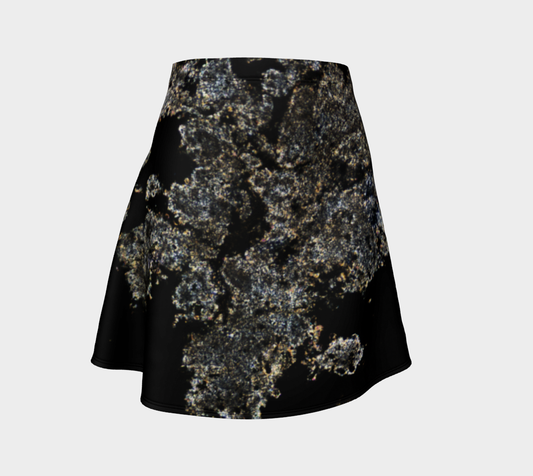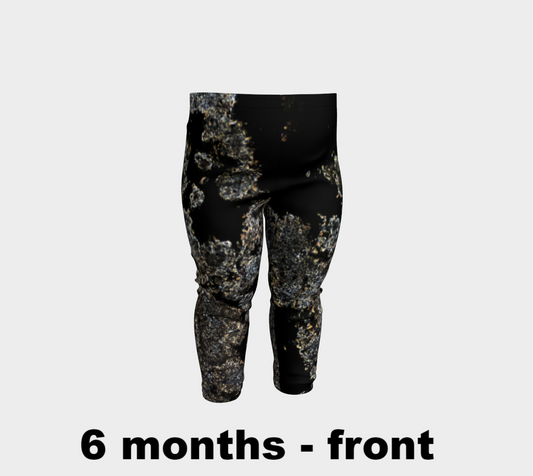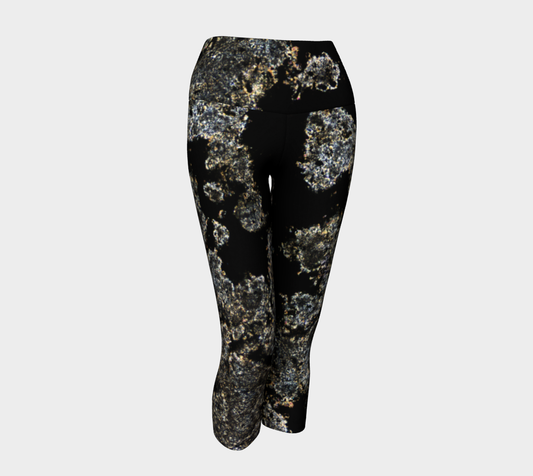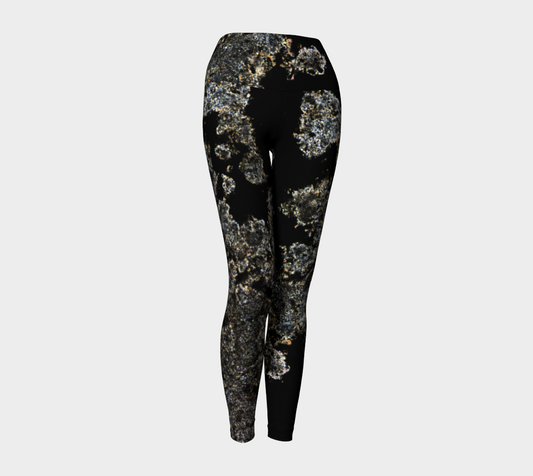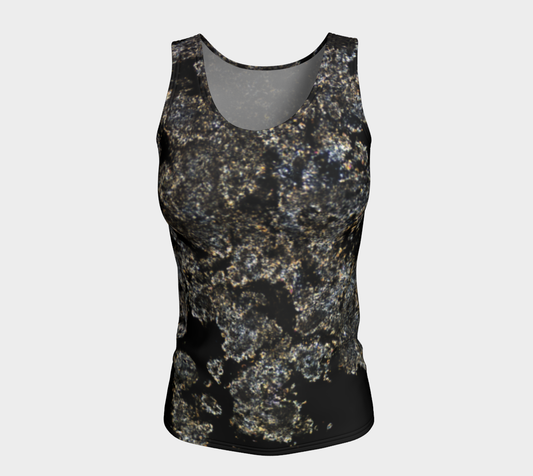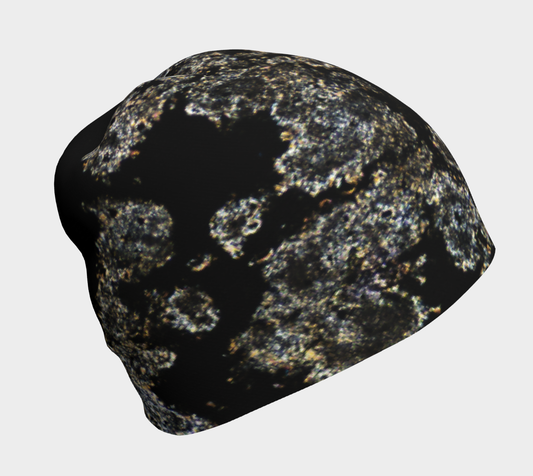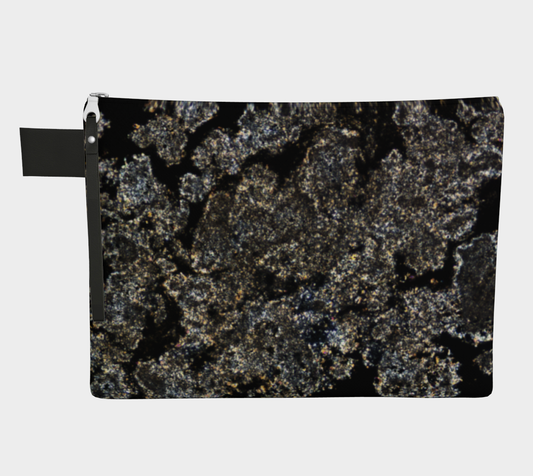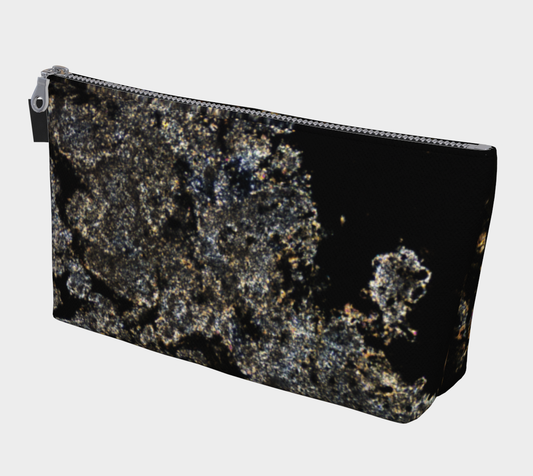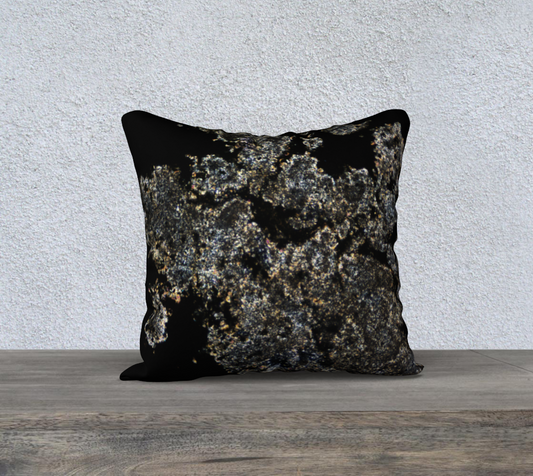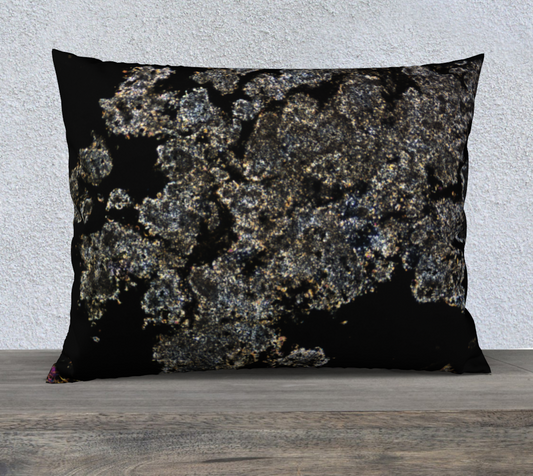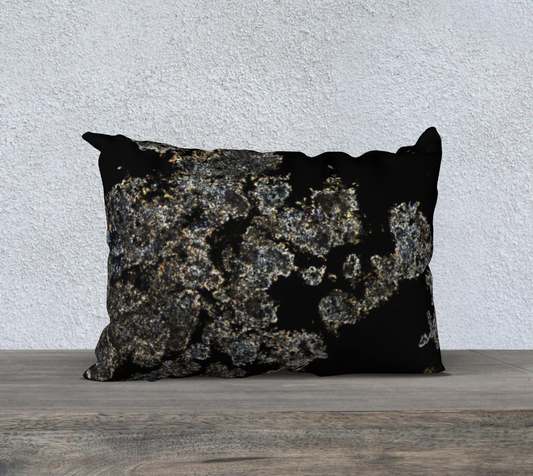Collection: Allende meteorite - CAI
What is Allende?
A meteorite thin section from The Curchin Collection
The Allende meteorite is the largest known carbonaceous chondrite meteor to fall to Earth. Rocketing to Earth in the morning of February 8, 1969, the meteor generated enough light and sound to draw the attention of numerous onlookers across Northern Mexico and the Southwestern United States. The fireball eventually exploded into thousands of pieces, which fell across a vast expanse of land near the town of Pueblito de Allende in Chihuahua, Mexico.
Allende (its official name, by the way) is categorized as a CV3.2ox meteorite and is known for its abundance of high-temperature, refractory calcium-aluminum-rich inclusions (CAIs). Appearing as distinct white blebs in hand-sample, the CAIs have an enchanting history.
Every CAI measured has the same age of ~4,568.2 Ma, meaning they represent the earliest solar system! They are composed of refractory minerals, such as melilite, anorthite, perovskite, and spinel, which form at very high temperatures, upwards of 1700K. What’s more is that they compositionally match the theoretical first condensates of the solar nebula. This is basically our sun’s composition, minus the hydrogen and helium.
Under the Microscope
The Allende design focuses on the CAI fine-grained minerals clustered as irregular shapes within a dark matrix of carbonaceous material. The muted appearance of these clusters in transmitted, cross-polarized light is an understatement to the wonders within. The design elements remain primitive and basic with occasional pops of color from surrounding chondrules.
-
Allende Carbonaceous Chondrite Meteorite CAI square scarf
Regular price From $25.00 USDRegular priceUnit price / per -
Allende Carbonaceous Chondrite Meteorite CAI long scarf
Regular price From $30.00 USDRegular priceUnit price / per -
Allende Carbonaceous Chondrite Meteorite CAI pencil case
Regular price $15.00 USDRegular priceUnit price / per -
Allende Carbonaceous Chondrite Meteorite CAI tote bag
Regular price $28.00 USDRegular priceUnit price / per -
Allende Carbonaceous Chondrite Meteorite CAI flare skirt
Regular price $46.00 USDRegular priceUnit price / per -
Allende Carbonaceous Chondrite Meteorite CAI baby leggings
Regular price $28.00 USDRegular priceUnit price / per -
Allende Carbonaceous Chondrite Meteorite CAI youth leggings
Regular price $32.00 USDRegular priceUnit price / per -
Allende Carbonaceous Chondrite Meteorite CAI yoga capris
Regular price $60.00 USDRegular priceUnit price / per -
Allende Carbonaceous Chondrite Meteorite CAI yoga leggings
Regular price $60.00 USDRegular priceUnit price / per -
Allende Carbonaceous Chondrite Meteorite CAI fitted tank top
Regular price $36.00 USDRegular priceUnit price / per -
Allende Carbonaceous Chondrite Meteorite CAI beanie
Regular price $32.00 USDRegular priceUnit price / per -
Allende Carbonaceous Chondrite Meteorite CAI zipper carry-all
Regular price From $24.00 USDRegular priceUnit price / per -
Allende Carbonaceous Chondrite Meteorite CAI travel kit
Regular price From $25.00 USDRegular priceUnit price / per -
Allende Carbonaceous Chondrite Meteorite CAI 18"x18" pillow case
Regular price $32.00 USDRegular priceUnit price / per -
Allende Carbonaceous Chondrite Meteorite CAI 26"x20" pillow case
Regular price $40.00 USDRegular priceUnit price / per -
Allende Carbonaceous Chondrite Meteorite CAI 20"x14" pillow case
Regular price $32.00 USDRegular priceUnit price / per

